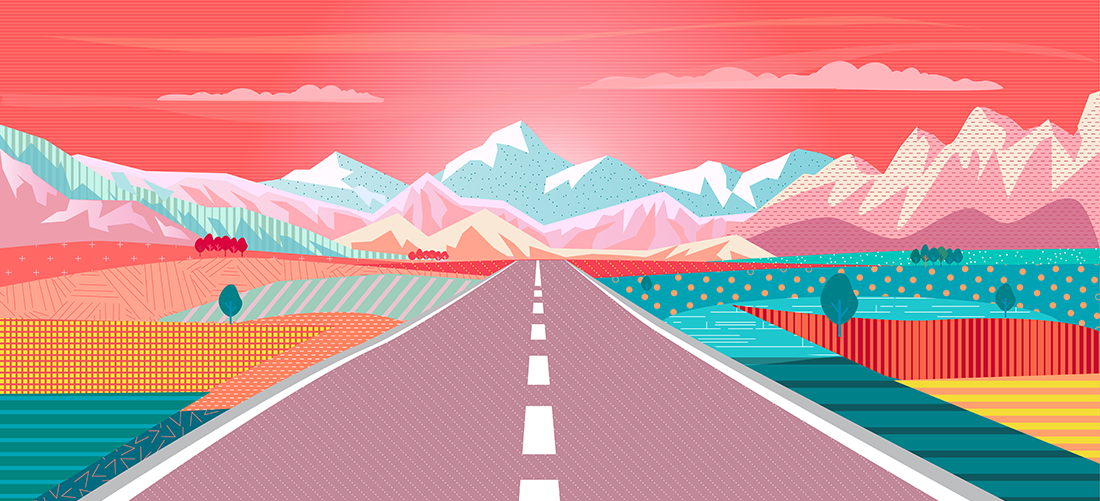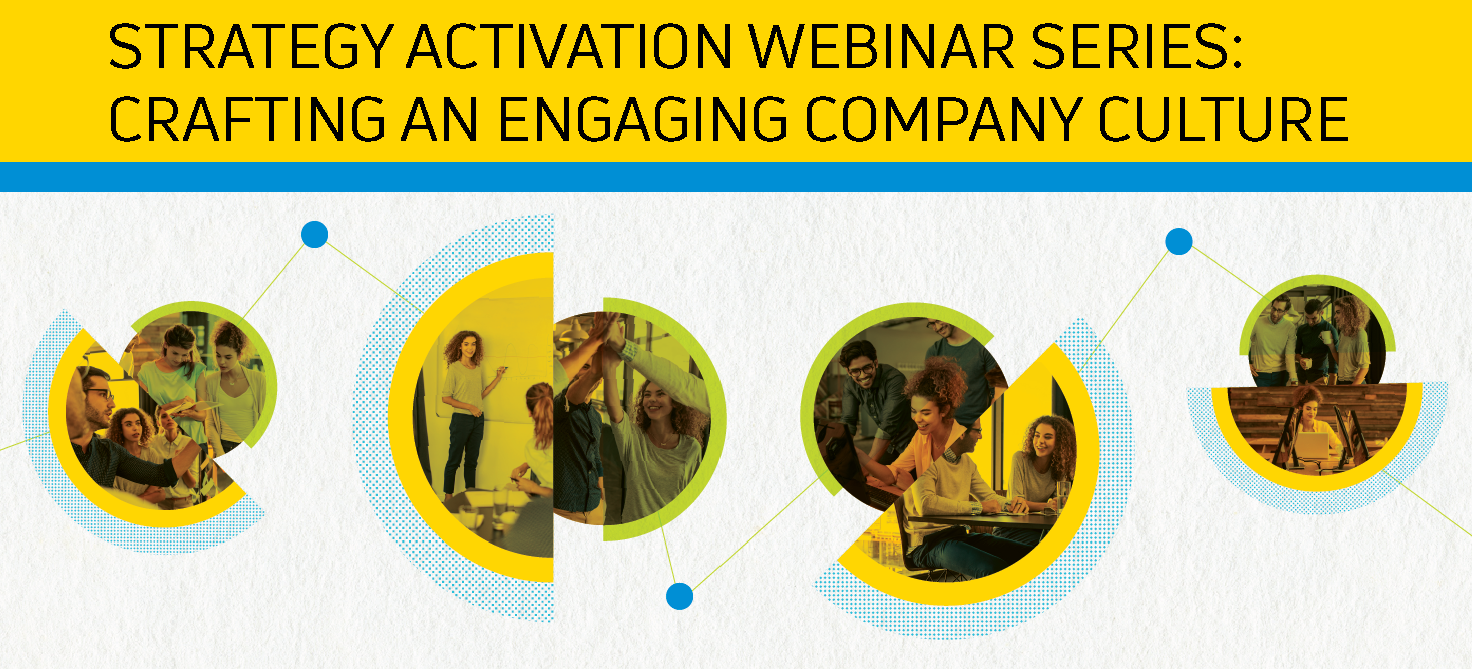So you’ve hired new people during The Great Resignation. Congratulations—you are now the “better culture” your new hires were seeking. Can you live up to the hype? What makes a high-quality experience in the new world of work? You’d better figure it out, because the data tells us you’re on borrowed time.
I can’t shake this niggling thought: Some days I can work 12 hours and be excited to work a 13th. Some days I work one hour and am ready to be done. What’s the difference between those days? For me, it has something to do with a motorcycle.
Of all the pandemic changes, losing the rush hour commute ranks high on the list of most celebrated. We used to get into our cars, buses, or subway trains packed with people, aggressively vying for space, pitted against one another. Yet during this pandemic season, when I didn’t have to be on the road, I bought a motorcycle and would happily spend all day on the road if I could. Why?
Organizations Need to Bring the Open Road to Their People
The same two hours that feel restorative on a motorcycle in the mountains would make me abjectly miserable on a highway commute. What’s the difference, and what does it tell us about rewarding work? Three ideas:
1. Mental Traffic. “Hell is other people,” said the philosopher Jean-Paul Sartre, and there’s no place we tend to agree with him more than in bumper-to-bumper traffic. There’s something deeply human that wants to move free and clear, to see the ribbon of highway rolling quickly under the tires. Commutes make us claustrophobic because they rob us of this freedom.
Yet here’s a truth: the least rewarding days on my job share the same feeling of being stuck. Days spent learning and executing rote process, looking up acronyms, trying to find the right person to ask my question, managing prickly or territorial colleague relationships—these days kill momentum and strip joy from the work.
Days spent building client relationships, teaching, meeting people’s needs—these days create momentum and motivate me to crank the throttle of productivity. How do we eliminate routines and practices that waste time, so our employees feel the momentum that comes of driving free and clear?
2. The Scenic Route. In Robert Pirsig’s memoir Zen and the Art of Motorcycle Maintenance, he says, “We want to make good time, but for us now this is measured with the emphasis on good rather than on time.” Humans love to go on journeys of discovery. The soul-crushing nature of a commute has the same root cause as a soul-crushing day at work: abject familiarity.
When we’re enjoying a drive, we choose more beautiful, rewarding routes to get there instead of the fastest way. In turn, we’re kinder to those driving around us and feel more human when we arrive. Efficiency can kill the creative spirit—a fact no less true in our jobs. What if our leaders gave clear direction about the strategic destination but left the route up to their teams’ ingenuity and creativity? Is there anyone who believes that wouldn’t yield better results and happier people?
3. The Vehicle. You can’t beat the feeling of cruising through a curvy canyon on two wheels, leaning into the turns with the weight of the machine. When combined with the scenic route, a fun vehicle breathes new life into the journey from point A to point B. Yet many companies hang on to command-and-control cultures that feel like the equivalent of a rusty 1993 sedan.
What if we made work more fun to drive? According to Glassdoor, 56% of workers rank a strong culture as more important than salary. Despite this, many leaders design cringeworthy team-building experiences or episodic rollouts of new “values” that don’t stick because they’re not internalized and lived by the leaders themselves. Leaders haven’t dug deep to find their own joy in the daily work, and their teams see their “team building” for what it is: painting some flames on the side of the rusty old car.
What if we traded our rusty cultural sedan for a motorcycle? What if we taught our leaders to lean into their turns—to tap the spirited excitement of the great game of business and have fun? To model bringing their full selves to work, so that their teams were empowered and inspired to do the same every day? Wouldn’t this unlock incredible discretionary effort?
You’re busy, so TL;DR:
- Let’s eliminate wasteful work, so we spend less time mired in mental traffic and more time on the open road of creative work.
- Let’s empower our people to get to the company’s strategic destinations through their own creative, rewarding routes.
- Let’s give our people a culture that’s fun to ride, one they can lean into and steer and be proud of when they go to the garage every morning.









